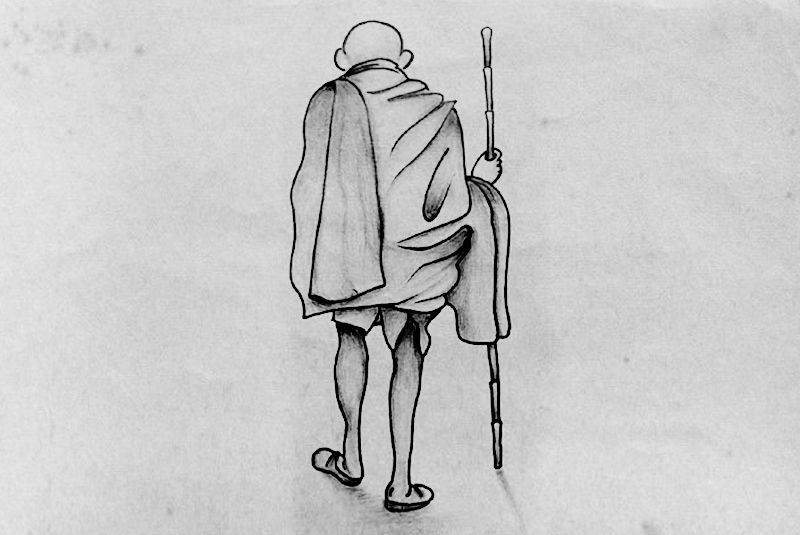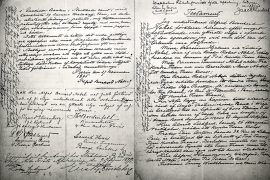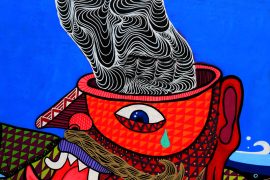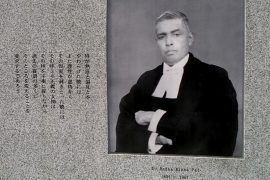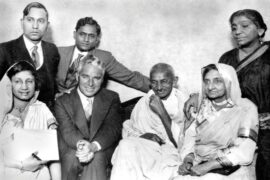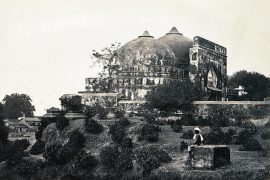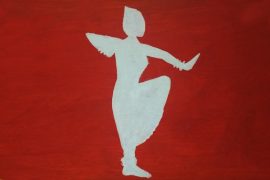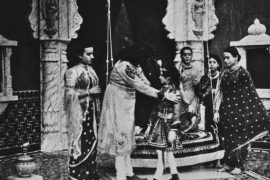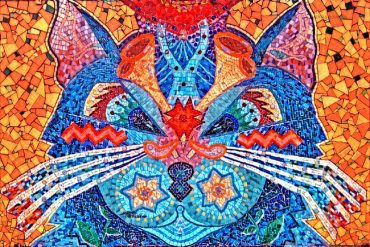Art that speaks what the artist thinks has always been a part of the artistic language. In one aspect, contemporary Indian art is more pronounced. Artists that belong to the new age of Indian art express their views on geopolitics, gender, religion and secularism, and on historical events that changed the landscape of the country. Some of them went international with their work, some lived abroad. Yet their main focus is this country called India.
They use geometry, the environment, and other aspects of design to create magic. An artist well-known for the use of geometry is Zarina. From a mathematical background, Zarina studied painting in Bangkok and then in Tokyo. Specifically, she studied woodblocks and intaglio. The artwork is done through print.
Zarina frequently depicts the Partition as an Indian Muslim, although currently, she lives in New York. About Partition she wrote, “The partition of India and Pakistan did affect the fabric of life for millions of people. There was an exchange of populations, and millions lost homes and families in the ensuing ethnic violence. I was ten years old when the partition took place. I only witnessed this event from this side (India), and after sixty years there are still aftershocks.” Zarina made an image that is the border between India and Pakistan.
-30-
Copyright©Madras Courier, All Rights Reserved. You may share using our article tools. Please don't cut articles from madrascourier.com and redistribute by email, post to the web, mobile phone or social media.Please send in your feed back and comments to editor@madrascourier.com

